| Columns Retired Columns & Blogs |
I had purchased one of these based on this review back in the day ☹️. Still spinning vinyl.
The Tercet's maximum output level was a fraction over spec at 2.079V, sourced from a low 52 ohms, which implies the Tercet should be able to drive reasonably long or overly capacitive cables. As shown by the impulse response (fig.1), the output is polarity-correct, while the squarewave response (fig.2) reveals by its flat tops that the digital filter overflows at its maximum level, a tradeoff said to increase low-level resolution. The player's frequency response (fig.3) was flat within the audio band, though a slight 0.3dB de-emphasis error at 10kHz exists (fig.4). Channel separation was okay at better than 70dB below 8kHz.
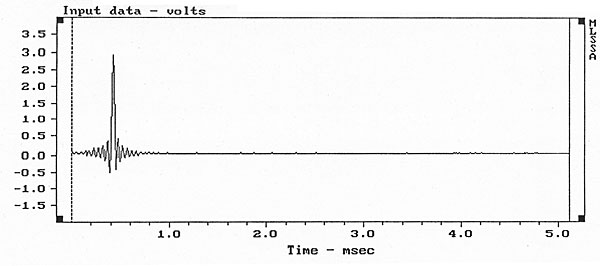
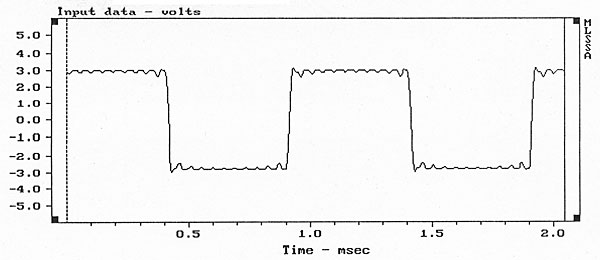
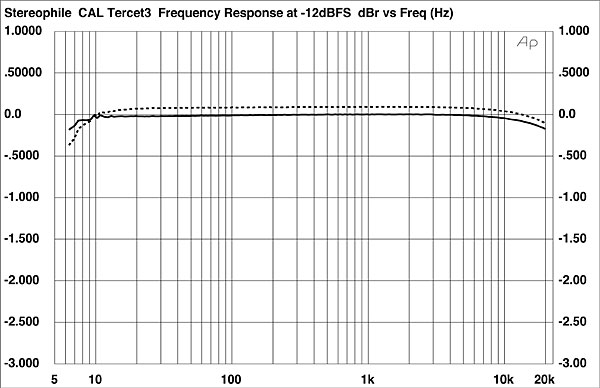
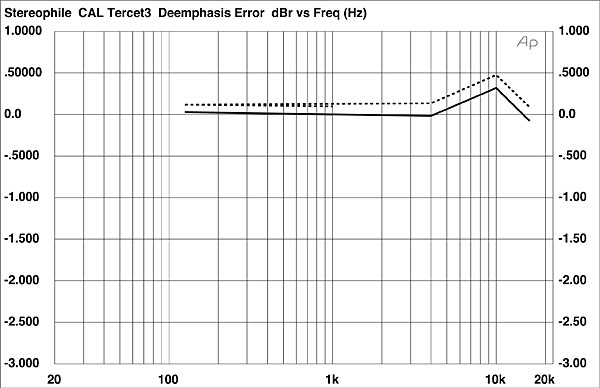
Sweeping a bandpass filter from 20kHz to 30Hz while the Tercet was reproducing a dithered 1kHz tone at –90.31dB gave the spectra shown in fig.5. Some inconsequential 60Hz hum can be seen; more important, both channels feature too low a level at –90dB, together with serious second-harmonic distortion, suggesting that the Tercet's DACs had not been properly aligned (despite the claimed "hand-trimming"). (As this test tone is dithered, any distortion seen will be due to the player's conversion system.) This poor alignment was confirmed by looking at the linearity from –60dB to –120dB using the dithered 500Hz tone on the CBS Test CD. Fig.6 shows the left channel's linearity which, while a little better than the right channel's, can hardly be said to resemble a straight line. The waveform of an undithered tone at –90.31dB, which should reproduce as a simple, three-stepped shape, toggling between –1, 0, and +1, instead can be seen to feature a degree of frequency doubling, due to the –1 level actually being a little higher than 0 (fig.7).
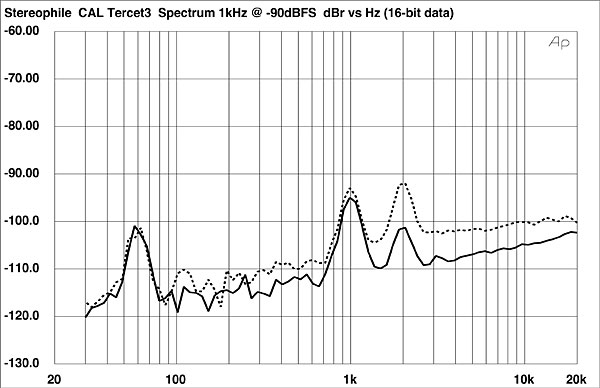
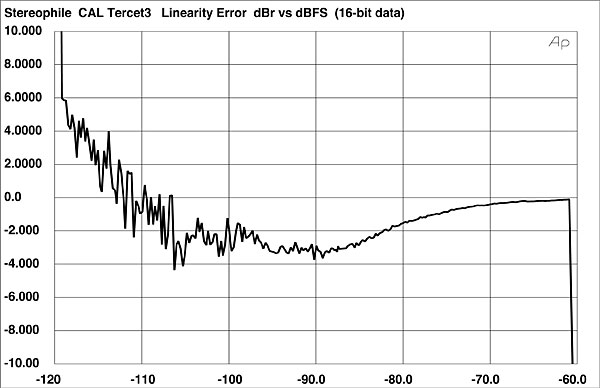
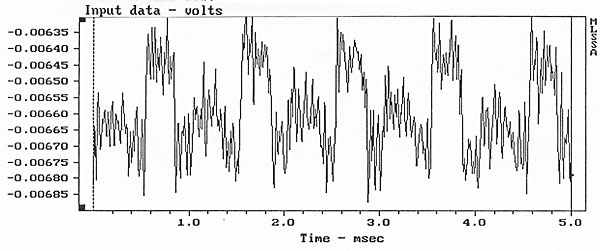
Often such departures from linear behavior also result in increased distortion. The Tercet was excellent in this respect, however, as can be seen from the spectrum of its output while reproducing a 1:1 mix of 19 and 20kHz tones (fig.8, which has a linear frequency scale). Although slight spurs at 18kHz and 21kHz can be seen to either side of the main two tones, the intermodulation product at 1kHz, shown by the cursor position, is buried in the measuring system's noise at –78.6dB. It's possible that this clean distortion performance correlates with GL's finding that the Tercet offered a musically involving sound, though many other factors are involved, of course.—John Atkinson
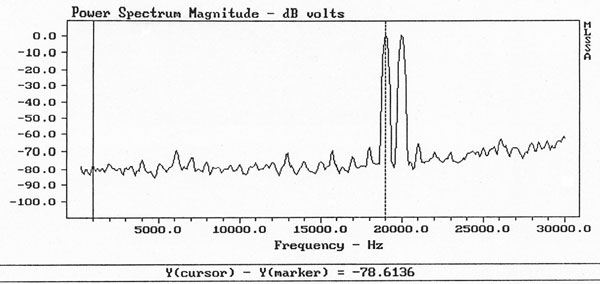

... saved $400 and bought a Sony CDP-X55ES.
http://www.thevintageknob.org/sony-CDP-X55ES.html
http://www.hifi-classic.net/review/sony-cdp-x55es-6.html
http://www.lampizator.eu/lampizator/references/Sony%20X55ES/Sony5ES.html
Or, for the analog disc aficionados, $1,300 would have bought a Pioneer PL-90 turntable, along with your choice of a Stanton 881S Mk II or an Audio-Technica AT-ML170 cartridge.
http://www.thevintageknob.org/pioneer-PL-90.html
http://www.regonaudio.com/Stanton881AudioTechnicaATML70.html